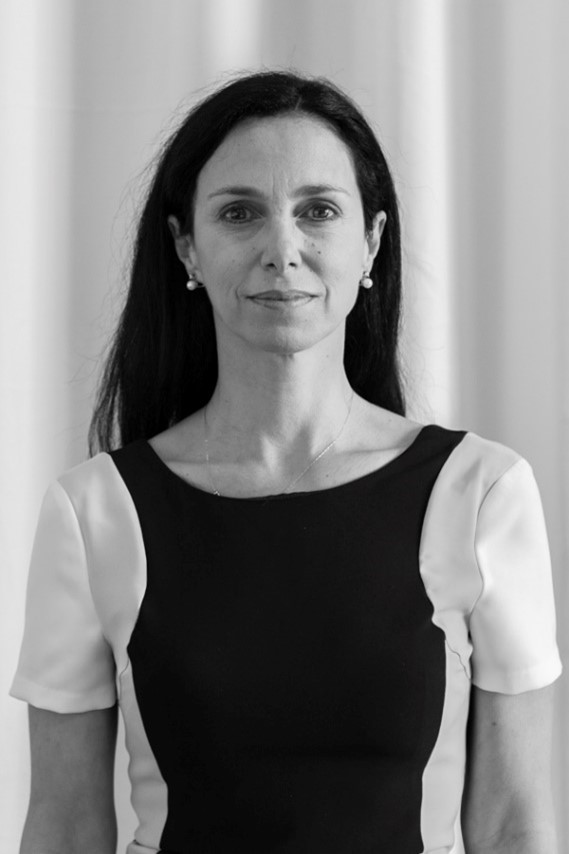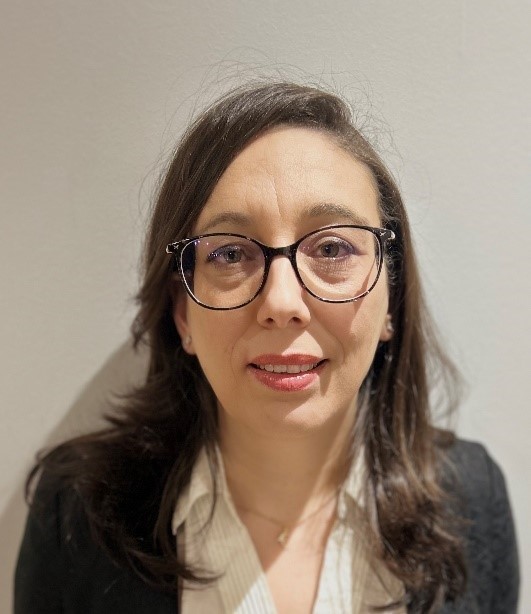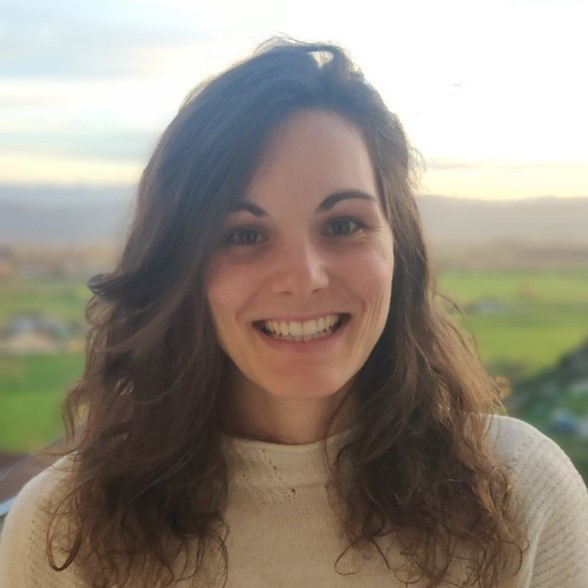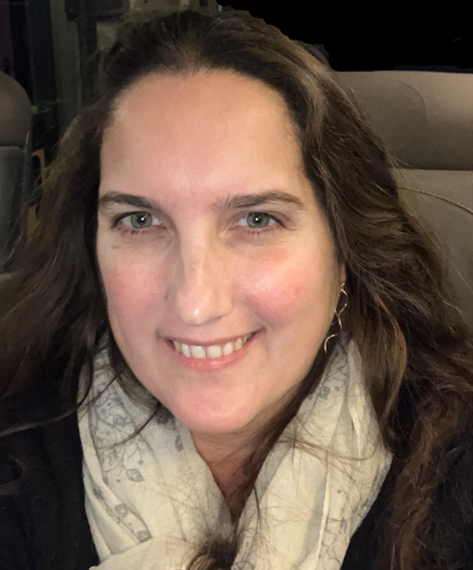How Ahlstrom’s women in science help combat global challenges
Diversity in research is crucial in solving global challenges, from improving health to combating climate change. Yet only around 30% of the world’s scientists and researchers are women. To solve the complex issues our societies face today, we must harness all the talent, which means strengthening women's and girls' participation in science.
Ahlstrom creates innovative specialty materials that help its customers become more sustainable. One of the driving forces behind innovation lies in embracing diversity. Diversity, equity, and inclusion (DEI) are vital parts of Ahlstrom’s culture and are driven by the company's values. A significant aspect of the company’s DEI efforts is focused on promoting gender equality. This commitment is not only grounded in Ahlstrom’s values; research findings underscore that fostering diverse perspectives enhances innovation and fortifies companies, making them more resilient.
Within Ahlstrom, 50% in R&D are women. Four of Ahlstrom’s women in science share their thoughts about careers in science, gender equality, and how they contribute to a more sustainable world through their work. Meet Laia, Raoudha, Charlene and Emilie!
 Laia Guarro started as Head of Open Innovation in January 2024. She has been working for a long time at Ahlstrom, previously as VP for the Laboratory and Life Sciences Business Unit.
Laia Guarro started as Head of Open Innovation in January 2024. She has been working for a long time at Ahlstrom, previously as VP for the Laboratory and Life Sciences Business Unit.
What does gender equality in science and innovation mean to you personally?
It means a lot to me. It helped to break down barriers and to create career opportunities. Gender equality also often helps to create the right mix that drives creativity and curiosity.
Why is it important for companies like Ahlstrom to have diversity in their innovation teams?
It is important to have different approaches with different strengths toward the same goal. Team diversity also increases the ability to attract talent.
50% of the people currently working in our R&D are women. However, the broader scientific community is still far from gender parity. What are your thoughts on that, and how would you say Ahlstrom has been tackling this issue?
Gender equality is not a new thing for Ahlstrom; it is something the company has been supporting for years, hiring and promoting women in technical/managerial positions.
There are examples of why gender equality is essential. For instance, Madame Curie was the first woman to win a Nobel prize and the first person to win 2 Nobel prizes for an immense contribution to healthcare.
How do you see diversity can help enhance and accelerate Ahlstrom’s innovation projects, create more sustainable solutions, and help reach the company's goals?
Diversity is about reaching the right mix of perspectives, skills, and strengths. But alone, this is not going to be enough; it will be our One Team approach to lead us to success.
 Raoudha Haddad is interested in innovative scientific projects and developing new products through prototyping, innovation, and industrialization. She is currently developing a safe and sustainable battery separator for energy storage applications.
Raoudha Haddad is interested in innovative scientific projects and developing new products through prototyping, innovation, and industrialization. She is currently developing a safe and sustainable battery separator for energy storage applications.
How did you end up working in science?
During my childhood, I was always curious, asking my parents a lot of questions to understand how things worked. At school, I had a strong passion for science lectures. The most interesting part is the process of solving a problem that initially appears complex but, with some background and following the right methodology, can always be solved. Science helped me to get this satisfaction to achieve something. This is how I ended up working in science after a master’s degree and PhD in electrochemistry.
Describe your typical working day in a couple of sentences.
My current position at Ahlstrom is R&D manager for energy storage. I am leading the development of a Lithium-Ion battery separator. It goes from product development to industrialization at Ahlstrom production sites. Working days are never the same. A common part of these days is interaction with my colleagues in the R&D department on technical actions and with colleagues in different divisions (production site, procurement, business development, supply chain, customer service). I’m also involved in technical discussions with customers to understand their needs and answer their requests.
What is the best part of your work at Ahlstrom?
The best part at Ahlstrom is to put together all the knowledge, backgrounds, efforts, and science to get positive feedback from customers and solve challenges. There is a big satisfaction when the product is released on the market. I’m proud to contribute to building the energy storage portfolio and bringing Ahlstrom's sustainable solutions to the field of electrification.
How would you encourage young women to choose a career in science?
I honestly believe that there should not be a gender gap at any level, even in science. We should trust in our talent and work hard. Science and technology are for anyone passionate about this field and wanting to learn and progress.
 Charlène Reverdy is an expert in sustainable food packaging solutions with improved barrier properties. For the past few years, she has concentrated on long-term innovations to develop the next generation of paper packaging but also home compostable solutions for our spunbond products.
Charlène Reverdy is an expert in sustainable food packaging solutions with improved barrier properties. For the past few years, she has concentrated on long-term innovations to develop the next generation of paper packaging but also home compostable solutions for our spunbond products.
How did you end up working in science?
I loved chemistry classes at school, and I started thinking that being a researcher would be something fun; I followed the path to get there since then. I also had a lot of interest in sustainability topics and biobased material, so I combined both to find the area of science in which I am working today.
Describe your typical working day in a couple of sentences.
My workday is usually about planning experiments to achieve different objectives, such as materializing an idea, understanding a behavior or a technology, achieving a technical feature, and then analyzing the results with my team and reporting it. I can also have different meetings with other R&D peers from our suppliers, for example, to get new material for testing. When I have time, I read research articles or patents to be up to date on what is happening in my field or to learn something I need.
What is the best part of your work at Ahlstrom?
I think it is when we have time to exchange with colleagues or peers about their challenges, what is working or not, discover how to make one product, and learn in a nutshell. Also, when we have the chance to try upscaling what we do in the lab, it is something exciting, albeit challenging.
How would you encourage young women to choose a career in science?
If you like to answer the Why and the How questions, science is made for you. There are plenty of different technical subjects and areas to work in starting from one point, so there are a lot of opportunities to combine work and passion; you will not get bored!
 Emilie Picard is currently working as an Innovation PMO manager. She has also contributed to the development of home compostable solutions for the beverage business, developing sustainable end-of-life alternatives.
Emilie Picard is currently working as an Innovation PMO manager. She has also contributed to the development of home compostable solutions for the beverage business, developing sustainable end-of-life alternatives.
How did you end up working in science?
I became fascinated about science when I was a teen. Curiosity, interest in novelty, and creativity are three of my drivers both in my professional & personal life. These are the reasons why I went through an engineering degree in polymer processing and then a PhD work on barrier properties. Now, I would say that I am trying to give even more sense to this passion by running Innovation projects to deliver new products to the market. This is truly giving a purpose to the science.
Describe your typical working day in a couple of sentences.
Working as Innovation PMO manager is extremely interesting: I am facilitating the management of the Innovation Projects portfolio of the company. On a daily basis, I am handling different topics related to project and portfolio management, implementation of a governance with associated IT tool, trainings & communication. Change management is part of all these activities, enabling us to get more transparency and efficient steering of our project portfolio. Our ultimate goal is to deliver new, profitable, and high–performance products to the market.
What is the best part of your work at Ahlstrom?
What is really exciting (and what I like the most) is interacting with all Ahlstrom's divisions and business units. There is such a high diversity of projects, products, and end-use applications! This also allows me to facilitate the exchanges and experience sharing from one business to another and to help them harmonize practices. I am convinced that this will contribute to bringing innovation efficiency to the next level.
How would you encourage young women to choose a career in science?
I strongly believe that working in science, individually or as a team, can have a real, concrete, and visible impact on our daily lives and environment. And this is highly satisfactory. This remains true for any kind of science: medicine, astronomy, chemistry… and paper making! Sustainability is also a key factor in how we run science today; it is both an objective and a way of working.